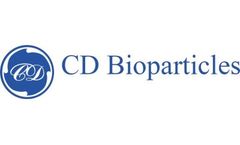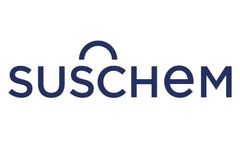Hydrothermal Carbonisation Articles & Analysis
8 articles found
Carbon dots (CDs) are a new type of zero-dimensional fluorescent nanomaterials with a size of less than 10 nm, which are composed of a graphitized sp2 carbon core and a shell containing abundant groups such as amino groups, ether groups, carbonyl groups, and hydroxyl groups on the surface, has the advantages of easy preparation, low toxicity, stable optical properties and no photobleaching. Since ...
This experimental study investigates the anaerobic digestion of waste water from hydrothermal carbonisation of fine mulch (wood chips) in combination with a co-substrate for the first time. ...
This paper compares conventional and microwave hydrothermal carbonization (HTC) of human biowaste (HBW) at 160 °C, 180 °C and 200 °C as a potential technology to recover valuable carbonaceous solid fuel char and organic-rich liquor. Also discussed are the influence of HTC heating methods and temperature on HBW processing conversion into solid fuel char, i.e. yield and post-HTC management, ...
Low cost adsorbents have been extensively reported for use as a promising substitution for commercial adsorbents for pollutant removal in water and wastewater treatment. In this study, hydrochar produced from the hydrothermal carbonization (HTC) of faecal sludge (FS) (called HTC-hydrochar) was further chemically modified with KOH (called KOH-hydrochar) to improve its surface functional ...
Hydrothermal treatment of biomass in the presence of phosphoric acid is proposed for the production of activated carbons (ACs). Interestingly, H3PO4 promotes the fixation of carbon atoms in the solid during hydrothermal treatment, which renders higher preparation yields than those of the conventional impregnation method. Upon carbonisation of ...
BySusChem
The high colority and difficulty of decolorization are the most important tasks on printing and dyeing wastewater. This study investigates the ability of diatomite earth&carbon (DE&C) as an adsorbent to removal crystal violet (CV) from aqueous solutions. Fourier transform infrared spectroscopy results indicate the importance of functional groups during the adsorption of CV. The ...
Granular-activated carbon (GAC) adsorption of biologically pre-treated process waters from hydrothermal carbonization (HTC) of different materials was investigated. Overall, isotherms showed that most of the dissolved organic substances are strongly adsorbable while the non-adsorbable fractions are small. The equilibrium data were modelled by using five fictive components to represent the ...
Sanitation in urban slums, especially in countries in Sub-Saharan Africa, is a challenge. One of the solutions to sanitation is to valorize waste, and to convert bio-waste present in the slum in a cheap and affordable way into lignite via hydrothermal carbonization (HTC). HTC is simple, cheap, converts all carbon (100%), eliminates pathogens completely, and requires wet starting ...



